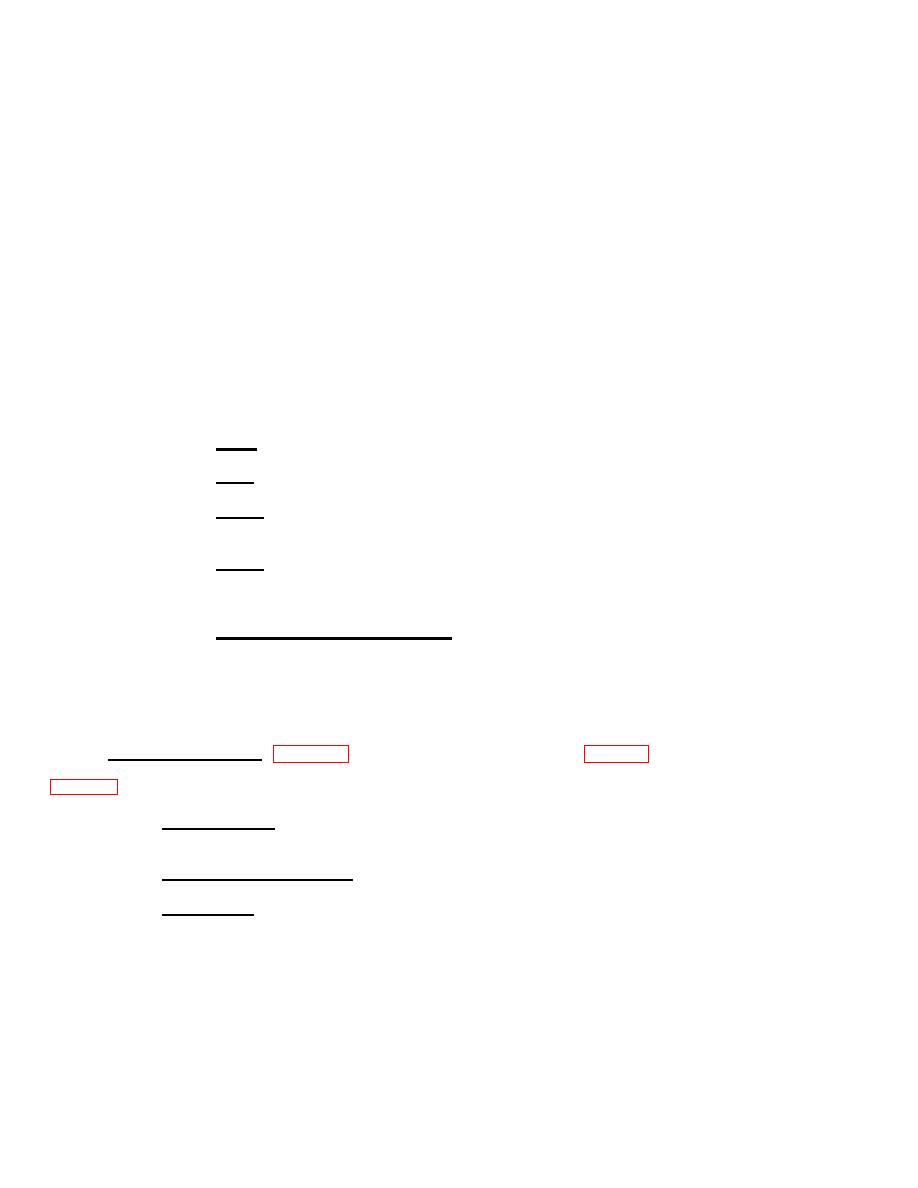 |
|||
|
|
|||
|
|
|||
| ||||||||||
|
|
 TM 9-2320-209-20-1
d.
To stop mildew from forming, shake out and air canvas covers often for several hours at a time. Have
any loose grommets or rips in the fabric fixed right away. Failure to do so may cause minor damage to become major
damage. Clean mildew from canvas with a dry brush. If water is needed to wash off dirt, it must not be used until all
mildew has been brushed off. If mildew is present, carefully check the canvas for weak spots. If weak spots are found,
the canvas is probably not worth retreatment. Otherwise, have the canvas retreated. Clean off oil and grease with issue
soap and warm water. Rinse well with clean water and dry.
e.
Steel nameplates, caution plates, and instruction plates may rust rapidly. If rusty, clean plates well and
coat heavily with clear lacquer. Refer to TM 43-0139.
f.
General precautions for cleaning are in the maintenance sections.
g.
The vehicle operator usually helps organizational maintenance personnel in doing the PMCS. The
operator should make sure the vehicle is fairly clean. However, the vehicle should not be washed right before inspection.
Certain problems, such as loose parts or oil leaks may not show up after a wash.
h.
The only organizational maintenance services are those general procedures listed below, unless approval
is given for other service.
(1)
Adjust. Make all adjustments by following the procedures given in this manual or in bulletins.
(2)
Clean. Clean items by following the general cleaning procedures given in paragraph c., above.
(3)
Service. Normally, service includes filling the battery with water, draining and refilling items with
oil, and changing or cleaning the oil filter, air cleaner or cartridges.
(4)
Tighten. Tighten items with enough force on the wrench handle to tighten according to good
mechanical practice. Do not overtighten; this may strip threads or cause distortion. Tightening includes using
lockwashers, locknuts, lock wire, or cotter pins when needed. Use a torque wrench when the procedure calls for one.
(5)
Modification work order application. Write all needed modification work orders (MWO) for the
vehicle on DA Form 2408-5.
i.
When it is hard to do all of the PMCS procedures at one time, they can sometimes be done in parts. If
possible, plan to do all the procedures within one week. All available time at halts and in bivouac areas must be used, if
needed, to make sure that the PMCS is done.
1-3.
PMCS PROCEDURES. Figure 1-1 gives location of components and table 1-1 gives the PMCS procedures for
the basic vehicle. Figures and tables which follow cover PMCS special to the various vehicle models, and not listed in
a.
Item No. Column. This column gives the order in which the checks and services are to be done. Use
these item numbers when filling out equipment inspection and maintenance forms.
b.
Item to be Inspected Column. This column names the item or system to be checked or serviced.
c.
Blank Column. You should ignore this column because it is not required for organizational maintenance
PMCS. Contents were deleted, at the time of printing, due to policy changes.
1-2
|
|
Privacy Statement - Press Release - Copyright Information. - Contact Us |